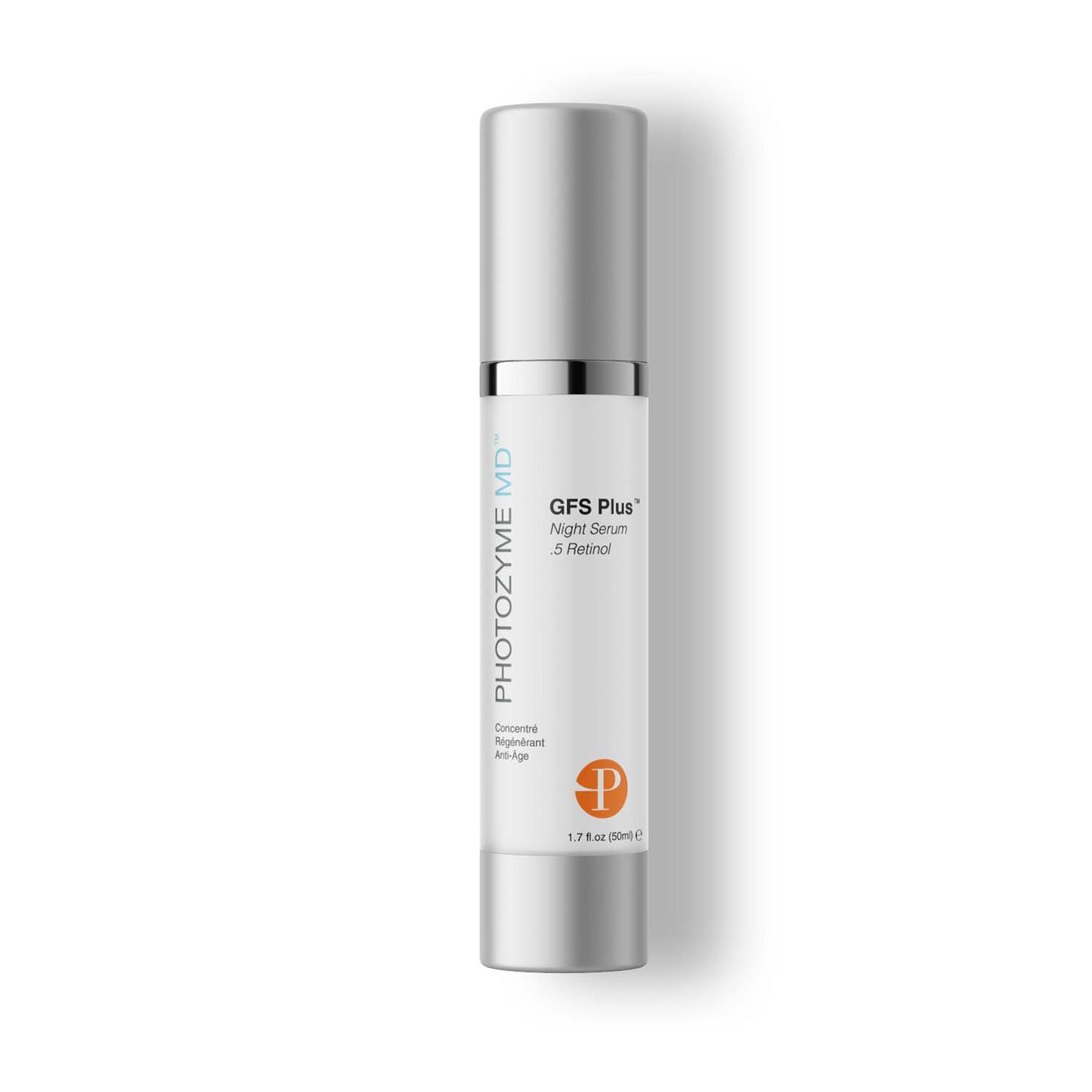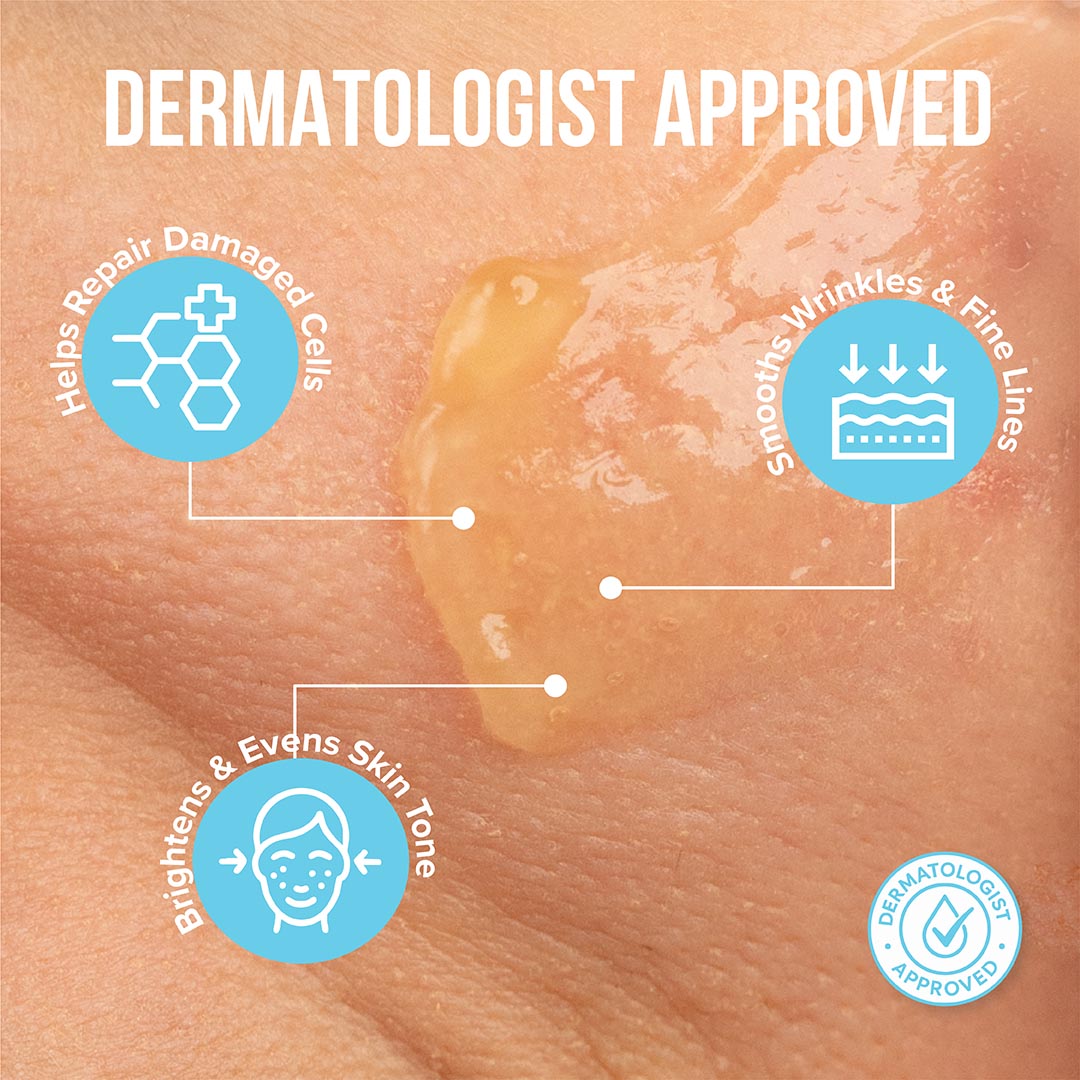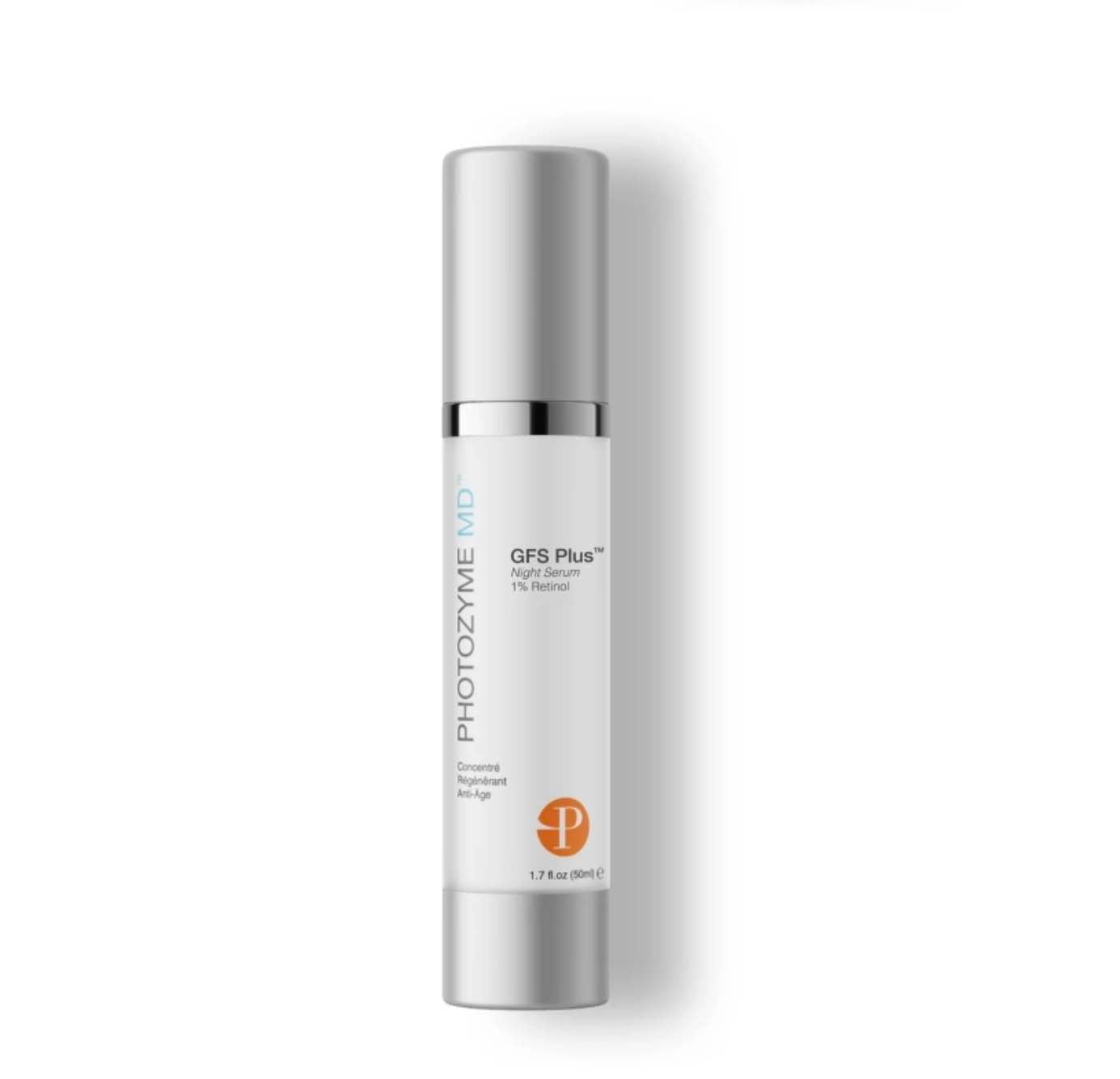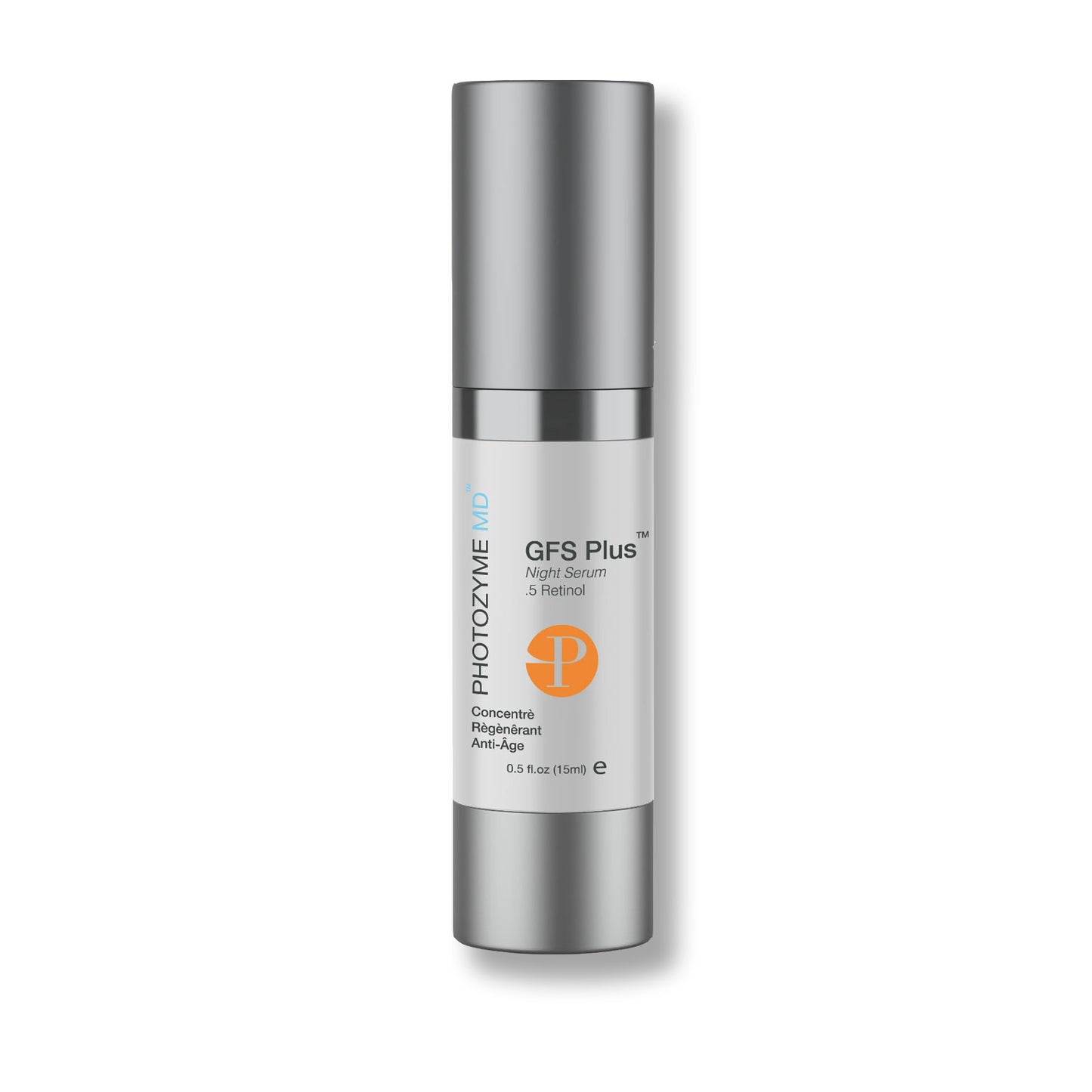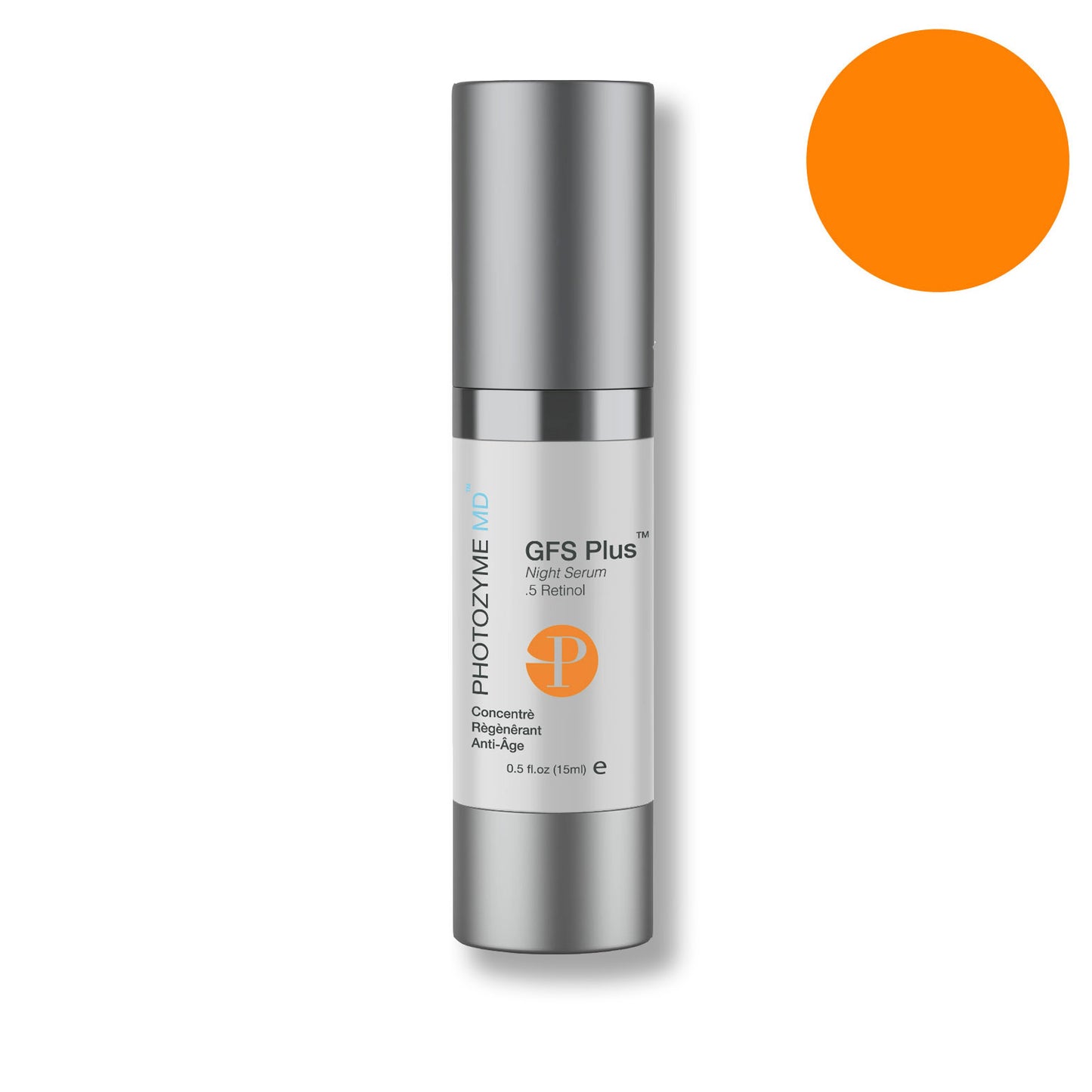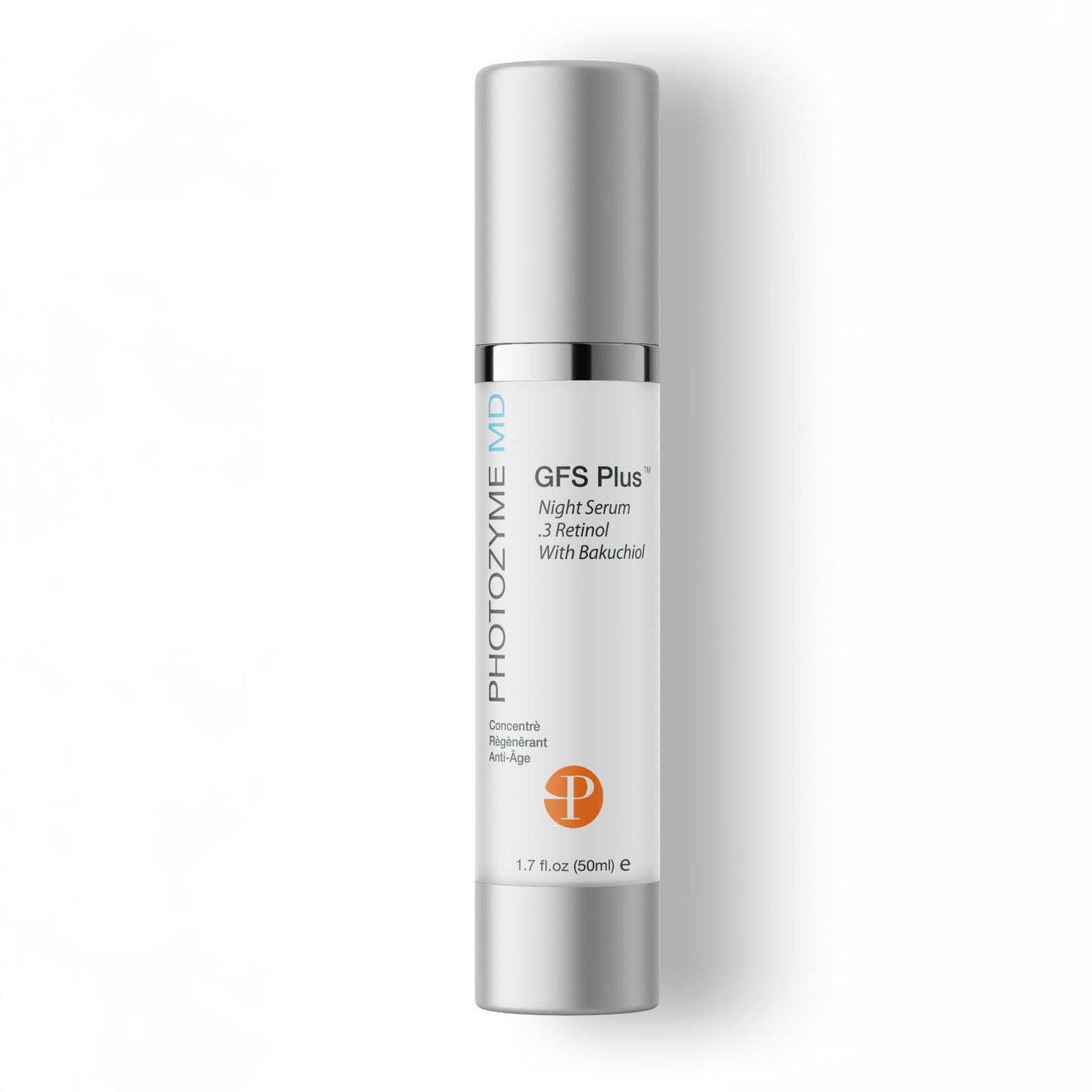Retinol, a derivative of Vitamin A, is renowned for its profound anti-aging and skin-rejuvenating properties. Long-term use of the best retinol cream for wrinkles can lead to significant improvements in skin texture and appearance. However, understanding the effects over an extended period is vital for both users and recommending physicians.
Consistent use of retinol has been shown to enhance skin cell turnover. This increased cell renewal process helps to exfoliate the skin more effectively, clearing away dead skin cells and promoting new cell growth. This mechanism not only helps in diminishing the appearance of fine lines and wrinkles but also improves skin tone and texture, making it look more youthful and radiant.
Additionally, retinol has been proven to stimulate the production of new blood vessels in the skin, which improves skin color. Added benefits include fading age spots, softening rough patches of skin, and reducing other visible signs of aging. Over months and years, these effects contribute significantly to maintaining a youthful complexion and can dramatically delay the signs of aging.
It is important to note that while the benefits of retinol are extensive, the initial adjustment period can involve some irritation, dryness, and peeling. These side effects are typically temporary and can be managed with proper skincare routines that include moisturization and hydration. Users should also be vigilant about using sunscreen, as retinol can increase the skin's sensitivity to sunlight.
Incorporating retinol into a skincare routine should be done gradually and under the guidance of a healthcare professional, especially in cases of sensitive or compromised skin barriers. This careful management ensures that the benefits of retinol are maximized without undue discomfort or adverse effects. By adhering to these guidelines, long-term retinol users can achieve remarkable improvements in their skin’s health and appearance, reflecting the state-of-the-art quality that our products aim to deliver.
How To Properly Apply Retinol Cream
Applying retinol cream correctly is essential to maximize its benefits and minimize potential irritation, especially when aiming to prevent wrinkles. Here’s a step-by-side guide to ensure effective application:
- Cleanse Your Skin: Always start with a clean face. Use a gentle cleanser to remove dirt, oil, and impurities from your skin. This allows the retinol cream to penetrate more effectively.
- Dry Your Skin: Pat your skin dry with a soft towel. Ensure your skin is completely dry as applying retinol on damp skin can lead to irritation.
- Apply a Pea-Sized Amount: A little goes a long way with retinol. Squeeze a pea-sized amount onto your fingertip. This should be enough to cover your entire face.
- Dot Before You Spread: Place dots of the cream on your forehead, cheeks, and chin. This helps in ensuring an even application over the entire face.
- Gently Spread the Cream: Using gentle, upward strokes, spread the cream evenly across your skin. Avoid pulling or stretching the skin. Be cautious around sensitive areas such as the eyes and mouth.
- Wait and Moisturize: Allow the retinol cream to absorb into your skin for about 20-30 minutes before applying a moisturizer. This wait ensures that the retinol has fully penetrated the skin before layering another product.
- Use SPF in the Morning: If you apply retinol cream at night, be sure to use sunscreen the following day. Retinol can make your skin more susceptible to UV rays.
Consistent use following these steps can significantly enhance your skin’s appearance, reducing wrinkles and improving skin texture.
When To Expect Results From Retinol Creams
Retinol, a derivative of Vitamin A, plays a crucial role in the process of skin renewal and collagen production. When using the best retinol cream for wrinkles, it's important to set realistic expectations regarding the timeline of visible results. Retinol works through a gradual process, influencing skin cell turnover and improving skin texture.
Initial improvements can often be seen within 2 to 4 weeks of consistent use. During this period, users may notice subtle changes such as a brighter complexion and a smoother skin texture. However, significant changes in wrinkle reduction and skin firming generally take longer.
For more pronounced anti-aging effects, such as a noticeable decrease in the depth and number of fine lines and wrinkles, most users need to use retinol creams consistently for about 3 to 6 months. It's crucial to apply the cream regularly as directed, usually as a nightly routine, to ensure continuous engagement with the skin's natural repair cycles.
Moreover, the outcome can be influenced by several factors including the concentration of retinol in the cream, the frequency of application, and the individual's skin type, age, and environmental exposure. To maximize effectiveness and also align with individual skin tolerance, it might be necessary to gradually increase the concentration of retinol in the skincare regimen.
Lastly, patience is essential when using retinol products. Due to the nature of skin cell turnover, results are not instantaneous. Continuing regular use while maintaining a holistic approach to skincare—including protection against sun exposure and maintaining a healthy diet—will yield the best results.
